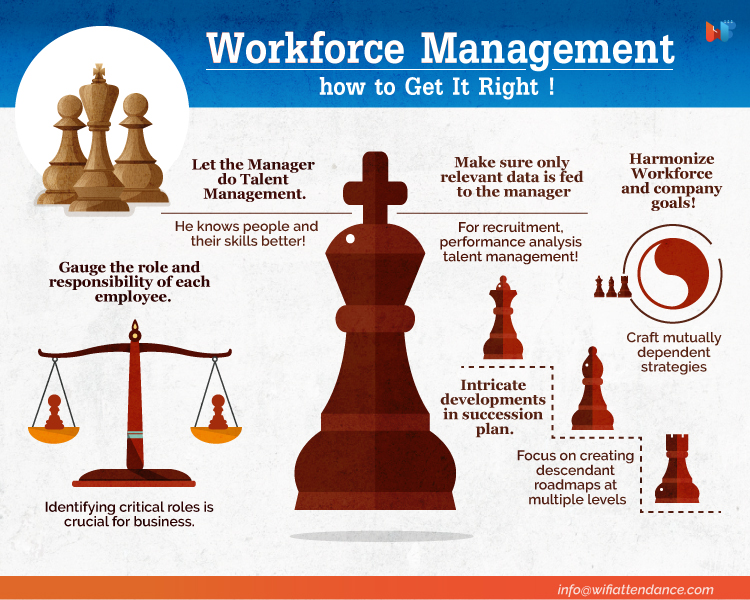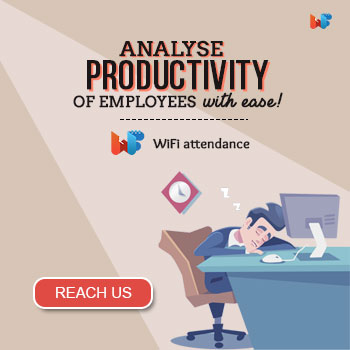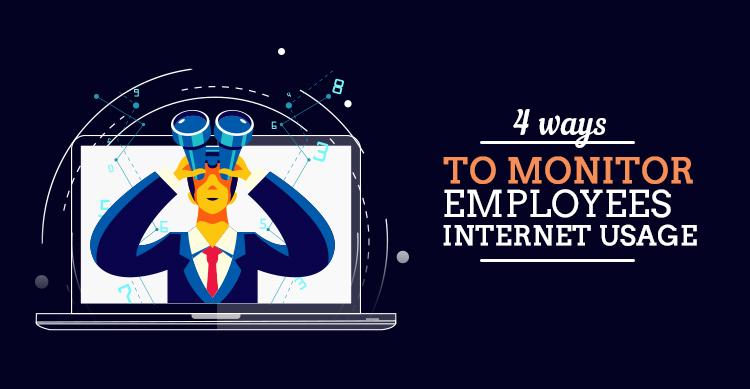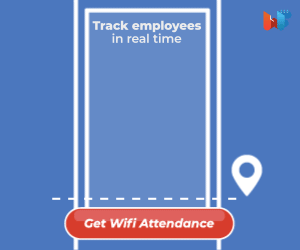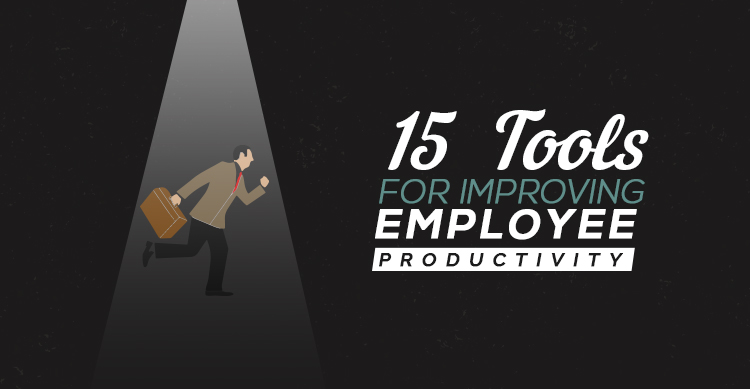When everything is doing well in your organization, you do not think too much about it. However, when productivity slackens, the pace slows down, may even grind to a halt and cost you your business.
Productive work and unproductive work are separated by a hazy line. Most times, unproductive cannot be discerned from productive work. Many tasks in the workspace are not clearly defined and many other tasks are of a collaborative nature.
In this context, it is important to realize that workplace monitoring is an important activity which ensures that employees end up doing the work that they are actually paid for.
Whereas employee monitoring is manually possible for those organizations with only a few employees, the same is impossible for an organization that employs thousands of employees in many different locations on regular and other shifts.
Such organizations use monitoring (oversight) agents installed on computers that help to provide complete visibility. They help to improve the office metrics and employee productivity and consequently the efficiency of the organization.
What Does Employee Monitoring Software Packages Do
In addition to the simple function of tracking time by recording clock-ins and clock-outs or managing employee schedules, the modern employee monitoring software packages are more extensive and possess monitoring functions such as logging in keystrokes, track the locations, and take screenshots.
The software can be customized according to different employee groups so as to suit their functions.
The data that is generated can be aggregated and interpreted as reports and dashboards and help to distinguish between productive and unproductive employees. In the rest of the article, we are going to discuss some of the most popular software tools that are used in corporate organizations to improve employee productivity.
1. Time Doctor
This is a time management tool that allows for real-time tracking of various jobs and works to prevent waste of time. It is best used by those organizations or individuals that want to remotely track a team’s work time. It helps to assess the productivity of the team as well as its time management.
Some of the metrics that are measured include Internet use time of the employee, a list of the websites that were visited, and the applications that were used.
Time Doctor is programmed to take screenshots once in every three minutes to ensure that employees are continuing to do their work. There are other features such as setting priorities for tasks and removing multitasking options.
2. BaseCamp
BaseCamp allows the employees to add tasks as they are scheduled for the coming week, month or even on a day-to-day basis. The tasks can be ticked off as soon as they are completed.
It gives a chance for the management as to how much an employee has been able to get through with their marked tasks without any direct intervention. The employees need to be taken into task only when they do too little work in a day.
3. WorkZone
Touted as an alternative solution to Microsoft Project, this software tool allows managers to define task/subtasks in a way that they understand. However, at the level of the employees, these tasks are broken down into smaller jobs that they would understand.
Sharing documents and framing comments are possible. In addition to all of these, one can feed in personal projects which allow him/her to collaborate with their managers.
4. WorkiQ
WorkiQ is built to study an employee’s computer behaviour and generates reports about how much time has been spent on non-productive sites as compared to productive work done.
Their dashboards are designed to display at a glance as to which of the employees are involved in work and which others are distracted from their work.
It is also possible to categorize activities across different applications and gives options to compare how the different workers handle the same type of work.
This helps to acknowledge and reward productive work and spot unproductive work when it occurs. True productivity can be measured even when it is a mix of complex tasks.
5. DeskTime
DeskTime is an application that allows for tracking jobs in real time and classifying each task as being productive or otherwise. In turn, this leads to finding out just how much productive each employee is. Agencies can also track billable hours among the employees.
6. 15Five
15Five is a web tool that helps the manager to link with all of their employees even at times when they are very busy. The software package works towards developing the employees so as to drive the business forward.
The package is designed so that all the employees are aligned to work towards the company’s top priorities.it helps to spot top-performing employees and acknowledge their good work.
The feedback is a lightweight affair (15 minutes a week) that helps the employee to focus on self-development as well as improve the team’s morale. Managers are allowed to pass comments as responses so that they create improved business results by removing roadblocks and coaching the employees.
7. SaneBox
Replying to emails is an activity known to be a time waster in most businesses. Reading and replying to emails as soon as they arrive at work is a common practice.
Many messages are irrelevant and redundant. Employees that batch up their emails and read them at one point in time are found to be more productive in their work. However, this may not be possible every single time. SaneBox can step in here to help.
SaneBox is more than just a spam filter in that it learns from a user’s previous email behaviour. SaneBox automatically filters emails according to what you tend to open first and what you tend to keep away for later.
The latter type is stored away in a separate folder and a summary of each of these messages is displayed to you. The software package has provisions for users to unsubscribe themselves from sites with just a single click.
8. Trello
Trello is a clear work organizer package. The software is cloud-based and helps to organize small and big tasks. It allows the teams to move in synchronization and works much like a project management software program. Processes and functions as and when they are started can be easily accommodated in Trello.
Many a time this does away with the need for unnecessary emails to fly across and is a definite time saver. The package is robust and enthusiasts can try out a free version.
9. Salesforce
Salesforce is a cloud-based site and is specifically suited to those organizations dealing in sales and CRM. A sales manager can run up as to how many calls were made by his team in a day, how many emails were despatched, how many opportunities were handled and how much income was generated.
These metrics help to generate several relevant reports, automatically and is a great time saver. Similarly, customer data can be viewed optimally that ultimately helps to get more new clients and service the existing clients in a better manner. The Community Cloud aspect of Salesforce helps to redefine employee engagement with a view to improving productivity.
10. Todoist
Todoist helps an individual to follow up with every task that we need to accomplish on a day-to-day basis. Team tasks can also be planned and executed using Todoist. Deadlines can be input and productivity can be gauged with the help of the tasks that are completed on time.
The best part about Todoist is that it can be used on any platform. As the software package is cloud-based, you can access it using any device and you can practically monitor your workforce just about from anywhere.
11. Assembla
If your aim is to keep your entire team in constant communication, and want to know the latest of the workload, then Assembla is the right tool. Assembla helps you to enjoy repositories from just anywhere as it is cloud-based.
Project managers can work without intervening in the work of the development team as all the metrics are available anywhere. Moreover, it means less time on emails and improved productivity.
12. HipChat
HipChat boils down to an ‘instant messenger’ type of application at the workplace. It enables instant one-to-one communication. This time tracking and management tool provides a complete chat history.
Any employee that missed out on important meetings or communication can catch up using the history without actually having to disturb anyone.
This becomes a tool to measure employees’ performance on a daily basis and also decide as to what strategies would work to improve productivity. Productive and unproductive groups can be segregated and some of them can be driven to better their own performances to improve total productivity.
13. Asana
Asana is a time-tracking software package that ultimately helps to control the expense budget. The Harvest Timer is a notable option in the package that comes with integrating Asana with Harvest, the time-tracking software. It enables an individual to determine the amount of time that is spent on every single task in a day.
Tasks can be assigned to individuals and thereafter tracked. All the project members can be kept in the loop. All issues surface immediately and can be corrected without any loss of time. This helps to complete the projects on time and stay within the budget. Above all, it keeps clients and the employees happy.
14. Google Streak
Everyone knows of applications that work to control big projects so as to finish them on time. However, the smaller jobs of a mega project almost always never make any entry into any app. Many of them are tracked only through emails.
In such a case, Streak helps to track emails and solve the unresolved jobs that come through them. Reminders for such emails are marked and follow-up is set up collaborators. This application helps one to see all the jobs through, both big and small.
15. Pipedrive
Pipedrive is an application that helps to monitor the performance of those working in sales organizations. The advantage of the app is that it is easily customizable and the data reporting function is extremely robust. This facility generates many metrics for employees as well as the management and these can be used to improve the productivity.
Final Thoughts
As many as 15 tools that help to improve business productivity have been introduced. However, it is crucial to understand that a tool by itself is not responsible for increasing the productivity of an organization.
The culture of productivity has to be instilled into the employees by making use of the right type of incentives and making them aware of the moral responsibility. Employee monitoring tools cannot be draconian tools that drain the morale of the workforce.
